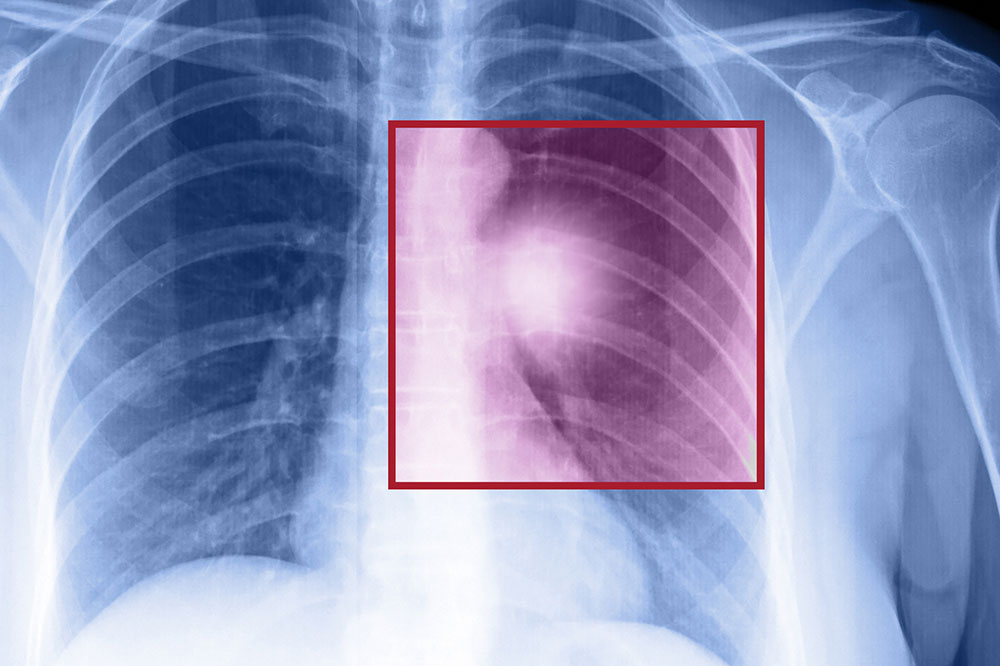Comprehensive Guide to Bladder Cancer: Causes, Symptoms, and Treatment Options
This comprehensive guide explores bladder cancer's causes, symptoms, and treatments. It highlights risk factors like smoking and chemical exposure, describes different types such as urothelial carcinoma, squamous cell carcinoma, and adenocarcinoma, and emphasizes early detection's importance for better prognosis. The article explains how chronic bladder irritation may contribute to cancer development and offers insights into survival rates, emphasizing timely medical intervention to improve outcomes. Ideal for patients, caregivers, and health professionals, this detailed overview aims to foster awareness and prompt action against bladder cancer.

Understanding Bladder Cancer: An In-Depth Look at Causes, Symptoms, and Management
Bladder cancer is one of the most common types of malignancies worldwide, affecting a broad demographic spectrum regardless of age, gender, or ethnicity. It develops from the cells lining the urinary bladder, predominantly from urothelial cells, which are responsible for lining the entire urinary tract. Early diagnosis plays a crucial role in improving treatment outcomes and survival rates. For anyone concerned about this disease, consulting healthcare professionals and accessing reliable medical resources are vital steps toward understanding risks, symptoms, and treatment options. Being informed about bladder cancer can significantly enhance one’s ability to recognize early signs, seek prompt medical attention, and make informed health decisions.
Recognizing the Symptoms of Bladder Cancer
Initial symptoms of bladder cancer often include the presence of blood in the urine (hematuria), which may be visible or only detectable through laboratory testing. Besides hematuria, symptoms include painful or burning urination, increased frequency of urination even when the bladder isn’t full, and persistent lower back or pelvic discomfort. These signs can easily be mistaken for urinary tract infections or other benign conditions, but persistent symptoms warrant immediate medical evaluation.
Interestingly, some patients may not notice any visible blood, emphasizing the importance of routine screenings, especially for high-risk individuals. Any abnormal bleeding during urination should prompt expert consultation to determine the underlying cause and initiate relevant diagnostic procedures.
Key Risk Factors Increasing the Likelihood of Developing Bladder Cancer
The pathogenesis of bladder cancer involves abnormal and uncontrolled growth of bladder cells. Several risk factors contribute to this development, including lifestyle choices, environmental exposures, and underlying health conditions. Smoking is the most significant risk factor, with carcinogens in tobacco smoke directly affecting the bladder lining. Exposure to harmful chemicals used in industries such as rubber, textiles, and dyes further elevates risk. Long-term radiation exposure, chronic bladder irritation caused by infections or persistent inflammation, and certain genetic predispositions also play a part in increasing the likelihood of developing bladder cancer.
Classification of Bladder Cancer Types
Bladder cancer is not a single disease but consists of several subtypes, each with unique characteristics and treatment considerations. Broadly, they can be classified into three main types:
Urothelial Carcinoma (Transitional Cell Carcinoma) – Constituting approximately 90% of all bladder cancers, this form arises from the urothelium or transitional epithelium lining the bladder, ureters, and part of the renal pelvis. It features a high degree of cellular variability and can grow into invasive or non-invasive forms. Urothelial carcinoma is capable of expanding and contracting with the bladder, facilitating tumor spread or containment depending on early detection and treatment.
Squamous Cell Carcinoma – Accounts for a smaller percentage of cases but tends to be more aggressive. It originates from squamous cells, which are not normally found in the bladder but can develop after long-term irritation, infection, or inflammation, often linked to chronic urinary conditions. This type is usually diagnosed at advanced stages, making treatment more challenging.
Adenocarcinoma – A less common form of bladder cancer, arising from mucus-secreting glandular cells within the bladder lining. It can sometimes originate from other organs like the prostate or colon and tends to be diagnosed at a later stage. Adenocarcinoma is known for its tendency to invade surrounding tissues rapidly, complicating management.
Detailed Insights into Urothelial Carcinoma
This dominant type of bladder cancer stems from the transitional epithelium, the specialized lining that allows the bladder to stretch and accommodate varying volumes of urine during fill and void cycles. Urothelial carcinoma may develop within the bladder or extend into the ureters and urethra, affecting the entire urinary tract. Its superficial or invasive nature influences treatment strategies and prognosis.
Understanding Squamous Cell Carcinoma in the Bladder
Though relatively rare, squamous cell carcinoma develops from squamous cells formed due to chronic irritation or infection, such as long-standing urinary infections or exposure to irritants. Its clinical presentation often resembles urinary tract infections, with symptoms including painful urination, urgency, and increased frequency. Because it is frequently diagnosed late, prognosis can be less favorable than other forms.
Details about Adenocarcinoma and Its Challenges
Adenocarcinomas originate from glandular cells involved in mucus secretion. These tumors tend to be aggressive and are often diagnosed at an advanced stage due to their subtle early symptoms. They may also arise secondary to metastasis from other organs like the prostate or colon, emphasizing the importance of comprehensive diagnostic evaluation when symptoms arise.
How Chronic Bladder Irritation Contributes to Cancer Development
Prolonged use of urinary catheters, persistent infections, or inflammatory conditions can irritate the bladder lining and contribute to carcinogenesis, particularly squamous cell carcinoma. However, the incidence remains relatively low in certain regions due to differences in infection rates and other epidemiological factors.
Prognosis and Survival Outlook for Bladder Cancer Patients
Early-stage detection of urothelial carcinoma generally offers a favorable prognosis, with high survival rates when treated promptly. Advanced stages, especially in cases of squamous cell carcinoma or adenocarcinoma, pose greater challenges, and outcomes largely depend on the stage at diagnosis and the response to therapy.
Continued research, advancements in diagnostic techniques, and personalized treatment plans have improved the outlook for many patients. Regular screenings and awareness are key components in reducing mortality associated with bladder cancer.





